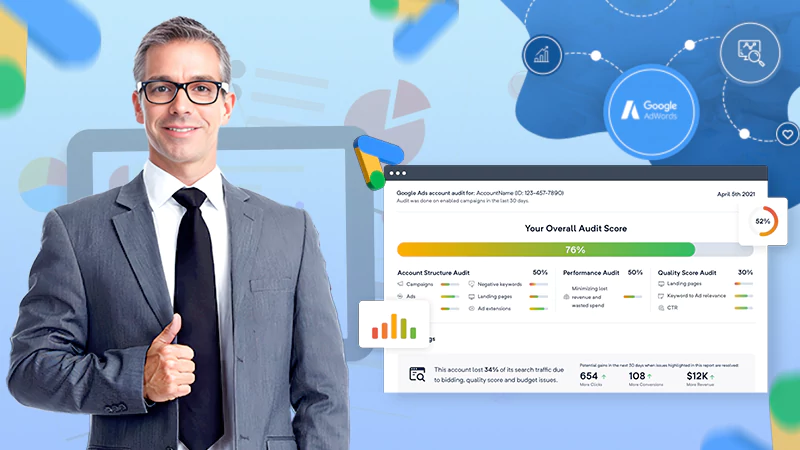The Components of IT Strategic Planning: A Step-By-Step Guide
Today’s IT organizations are faced with unprecedented pressures to transform their businesses. To succeed in this new digital era, enterprises need to implement a fast and nimble IT strategic planning process that can keep pace with the breakneck speed of innovation. The primary purpose of an IT strategic planning process is to align IT with business goals so that technology investments deliver maximum value. An effective IT strategy will guide your team on how best to invest limited resources, improve collaboration between teams, and reduce operational costs by streamlining routine tasks. To successfully execute an IT strategic planning process, you’ll need a thorough understanding of its seven key components: vision and mission statements; end-to-end business processes; high-level stakeholder analysis; data analysis; technology roadmap; and project prioritization matrix. This article introduces you to the fundamentals of each component and provides examples of how they could be applied within your own organization.
Also, Read: Why it Has Never Been So Important to Learn Digital Skills
Vision and Mission Statements
A vision statement outlines how your organization sees itself in the future, while a mission statement outlines how it intends to get there. These two elements form the foundation of every successful IT strategic planning process. They offer a high-level view of your organization’s key objectives and serve as a reminder of the overarching goals that drive your business. Your vision and mission statements should be clear and concise enough to be printed on a single page. They should also be broad enough to encompass all potential stakeholders, from executives to IT administrators. Your vision statement should paint a picture of how your organization envisions itself in the near future and describe the industry landscape as you see it today. A good vision statement will be aspirational, but it should also be realistic. Remember that your technology strategy should support your business objectives. A mission statement should describe how your company plans to achieve its vision, outlining specific targets, metrics, and strategic priorities. It should also include information on how the organization will measure success, such as sales figures, average customer satisfaction ratings, and ROI.
End-to-End Business Processes
Business processes describe the interaction between individuals, teams, and technology systems. They help organizations to understand which tasks are being done, by whom, and why. A thorough end-to-end business process analysis will help you to identify any redundancies and inefficiencies within your business processes. It will also provide you with the necessary information to build an IT roadmap that is aligned with business objectives. An effective IT roadmap will be designed to minimize the risk of technology systems disrupting end-to-end business processes. This will, in turn, help to ensure that your organization achieves its strategic goals. Business process mapping is a helpful technique to identify inefficiencies and redundancies within your business processes. It involves sketching out your business processes on a whiteboard or paper in a graphical format. You can then use this visual representation to identify obstacles, risks, and areas for improvement. An IT analyst with experience in business process mapping will have the knowledge necessary to help you identify the most impactful inefficiencies. They will also be able to offer suggestions on how to rectify them.
High-Level Stakeholder Analysis
A high-level stakeholder analysis will help you to identify key stakeholders who have an interest in your organization’s success. This includes customers, investors, and partners, as well as members of your internal team. A high-level stakeholder analysis will also provide insight into the expectations, motivations, and concerns held by each stakeholder group. A good high-level stakeholder analysis should be specific enough to be actionable while remaining general enough to be applicable to any business or industry. A high-level stakeholder analysis could be conducted through a series of interviews or surveys with key decision-makers. It could also be documented through a simple mind map, or affinity diagram, which allows participants to group ideas together according to themes and associations. A high-level stakeholder analysis can be conducted at any point in the IT strategic planning process, but it is most beneficial at the beginning so that you can factor stakeholder concerns into your decision-making.
Data Analysis
An in-depth data analysis will help you to gain a better understanding of your organization’s current state. This includes information on your employees, customers, and assets. Effective data analysis will enable you to identify trends and patterns that can be used to inform your technology roadmap. It will also help you to identify areas of risk, such as security vulnerabilities, that need to be addressed. Business intelligence tools, such as Tableau and Power BI, are great for visualizing data and identifying patterns. They can be used to generate custom graphs and charts that illustrate the health of your organization. These tools can also be used to create real-time dashboards that keep stakeholders informed of current trends and visual cues.
Technology Roadmap
A technology roadmap is a high-level overview that outlines the strategic direction of your organization’s technology systems. It provides a general overview of your IT roadmap, including the systems and initiatives that are currently in play. It will also outline any future technology initiatives that are planned but not yet implemented. A technology roadmap will help you to identify any existing gaps in your existing technology systems that could create a risk to your business. It will also help you to identify which systems need to be prioritized and what types of initiatives are expected to have the greatest impact. A technology roadmap is most effective when it is created collaboratively, with input from all key stakeholders. It is important to create a roadmap that is flexible enough to allow for changes as your business needs evolve.
Project Prioritization Matrix
Whereas a technology roadmap outlines the general direction of your technology systems, a project prioritization matrix outlines the specifics. A project prioritization matrix is a visual guide to help you understand which projects should be given top priority. It can be used to analyze project scope, the potential return on investment (ROI), risk, and dependencies. A project prioritization matrix can be created using a spreadsheet tool such as Microsoft Excel or Google Sheets. It should include key indicators of project health, such as green, yellow, or red indicators to indicate whether each project is progressing as expected or if there are any issues. A project prioritization matrix can be used to evaluate any type of upcoming project. This could include initiatives related to building new technology systems or implementing new internal processes. It is important to create a project prioritization matrix that is flexible enough to allow for adjustments as new information becomes available.
The Challenges and Benefits of Removing Negative Online…
Unlock the Simplest Way to Access LaSRS Login…
Strategic Wins: How SafeOpt Can Boost Your Online…
5 Reasons Why Marketing Matters in Business?
Google Ads: What Are the Basic Checklists to…
The Crucial Role of Press Releases in a…
8 Best Tech Tips to Implement for Better…
Fax Machines in the Digital Age: A Sustainable…
Breaking Barriers: The Power of Business Translation Services
Why Do Businesses Need a Dedicated Mobile App?
The Role of Onboarding in Improving Employee Retention…
3 Major Benefits of Onsite IT Support












